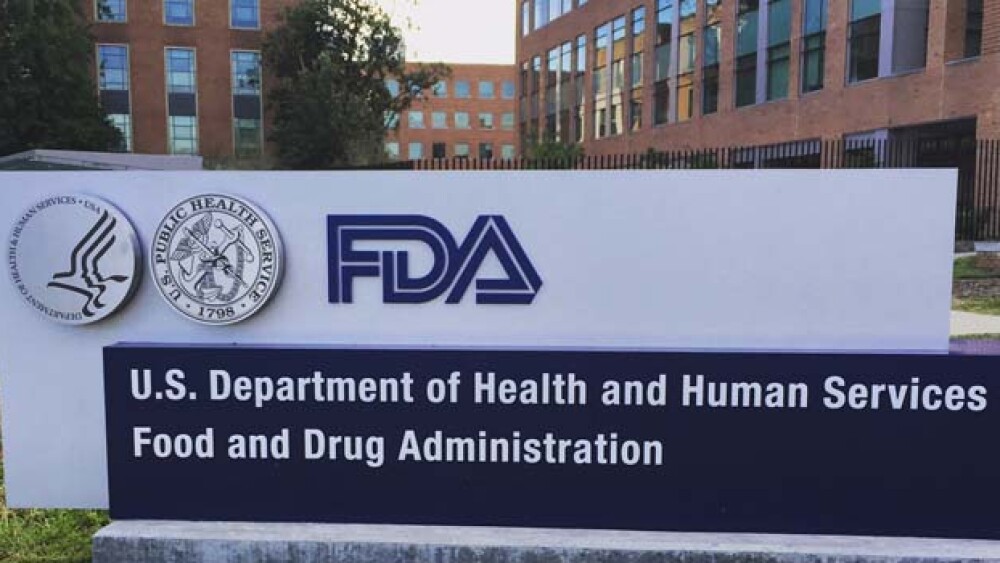Here’s a look at what’s on the U.S. Food and Drug Administration’s calendar for the next two weeks.
June will eventually be a busy month for PDUFA dates, particularly the last week of the month, but the first two weeks are a bit sparse. Here’s a look at what’s on the U.S. Food and Drug Administration (FDA)’s calendar for the next two weeks.
Merck & Co., which had a very busy weekend at the American Society of Clinical Oncology (ASCO) Annual Meeting where it presented 140 abstracts, has a target action date of Monday, June 3 for a supplemental New Drug Application (sNDA) for Zerbaxa (ceftolozane and tazobactam) for adults with ventilated nosocomial (hospital-acquired) pneumonia. The drug is currently indicated in the U.S. for adults with complicated urinary tract infections, including pyelonephritis, caused by certain susceptible Gram-negative bacteria. It is also indicated, in combination with metronidazole, for adults with complicated intra-abdominal infections caused by certain Gram-negative and Gram-positive bacteria. The European Medicines Agency (EMA) is also reviewing Zerbaxa for this new indication.
Merck also has a target action date of June 10 for its supplemental Biologics License Application (sBLA) for Keytruda, the company’s blockbuster checkpoint inhibitor, as monotherapy or in combination with platinum and 5-fluorouracil (5-FU) chemotherapy for first-line treatment of patients with recurrent or metastastic head and neck squamous cell carcinoma (HNSCC). The sBLA is built in part on data from the Phase III KEYNOTE-048 clinical trial. In that trial, Keytruda showed significant improvement in overall survival compared to standard of care as a monotherapy in patients whose cancers expressed PD-L1 with CPS greater than and equal to 20 and CPS greater than and equal to 1, and in combination with chemotherapy in the total patient population.
KEYNOTE-048 is a randomized, open-label Phase III clinical trial of Keytruda as a monotherapy or in combination, compared with the EXTREME regimen, as first-line treatment in 882 patients with recurrent or metastatic HSNCC. The dual primary endpoints were OS and PFS.
Head and neck cancer covers several different tumors that develop in or around the throat, larynx, nose, sinuses and mouth. Most are squamous cell carcinomas that start in the squamous cells that make up the thin surface layer of the structures in the head and neck. In the U.S., it is estimated there will be more than 65,000 new cases of head and neck cancer diagnosed this year.
Xeris Pharmaceuticals has a target action date of June 10 for its NDA for its ready-to-use, room-temperature stable liquid glucagon rescue pen for the treatment of severe hypoglycemia—low blood sugar—in diabetes patients. The 505(b)2 NDA is based on positive data from multiple Phase III trials of the Xeris glucagon pen compared to currently marketed glucagon emergency kits.
“The FDA acceptance of our NDA for review, is an important milestone for Xeris,” said Paul R. Edick, Xeris’ chairman and chief executive officer in an October 2018 statement. “Compared to the current glucagon rescue option for people with diabetes who are at risk for severe hypoglycemia, the Xeris glucagon rescue pen would eliminate the need for reconstitution and dramatically simplify the preparation and administration process. We believe that our glucagon rescue pen has the potential to make an important difference in the lives of people with diabetes.”





